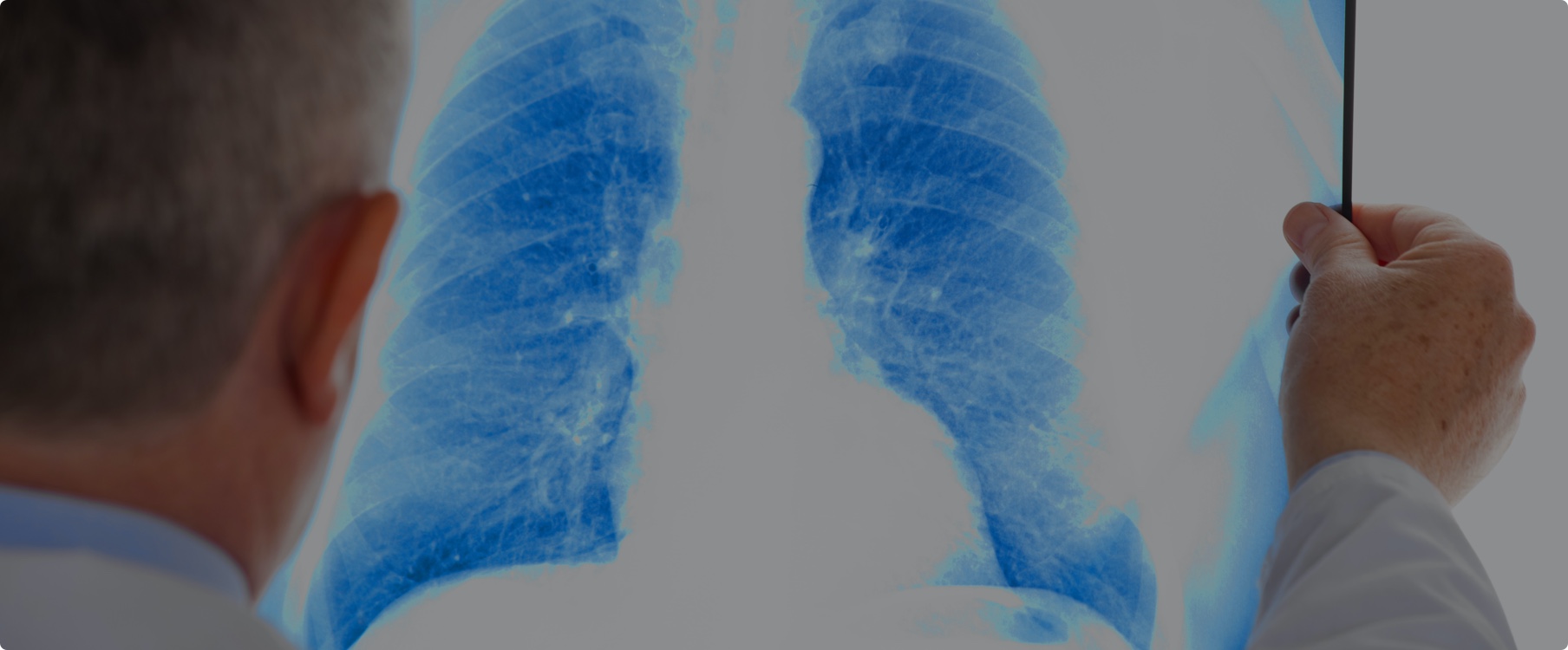Asbestos identified in Shantui Forklifts
Purpose
This safety alert provides information about the potential presence of asbestos in Shantui Forklifts imported from the People’s Republic of China (China).
Background
The identified forklifts were imported to Queensland in 2013 by a person conducting a business or undertaking (PCBU). Under statutory direction from Workplace Health and Safety Queensland the PCBU has subsequently removed the asbestos-containing components.
As these forklifts containing asbestos have been imported and supplied within Australia, the Rapid Response Protocol (RRP) has been initiated.
Product description
In 2019, WHSQ investigated asbestos in the Shantui Forklift battery insulation and in the engine and hydraulic system gaskets. Sample analysis results viewed as part of the investigation confirmed asbestos in the following Shantui branded forklifts, which were all imported to Australia from China in 2013:
- battery insulation and exhaust gaskets of 3-tonne forklifts
- exhaust gaskets of 5-tonne forklifts, and
- exhaust gaskets and the hydraulic tank gasket of 7-tonne forklifts.
3-tonne Shantui Forklifts:
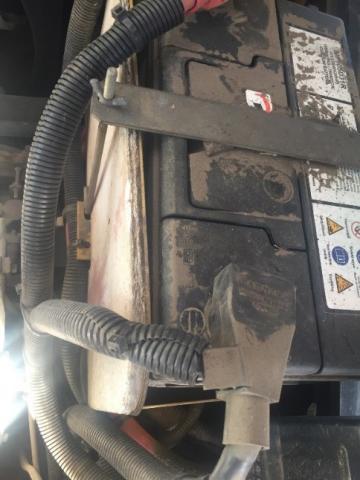
Figure 1: Asbestos insulating board above battery
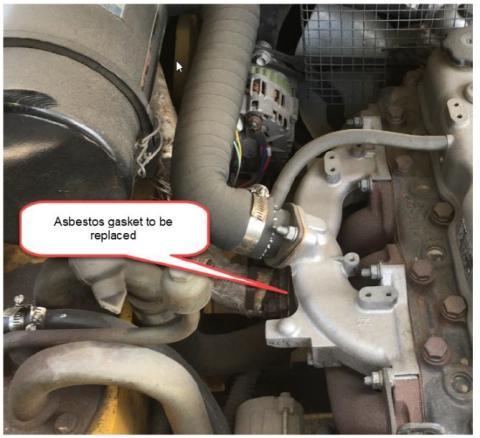
Figure 2: Exhaust manifold gaskets
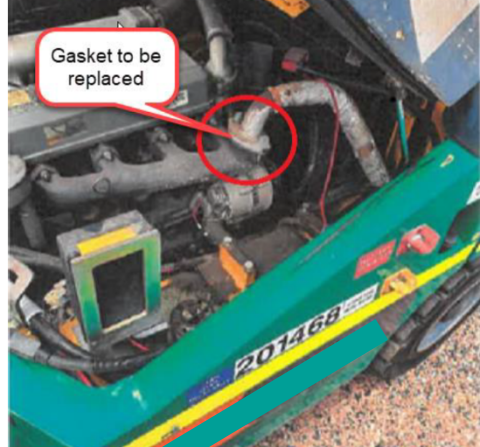
Figure 3: Exhaust manifold gaskets
5-tonne Shantui Forklifts
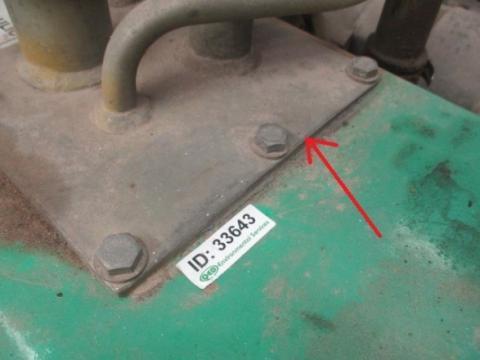
Figure 4: Exhaust flange gasket
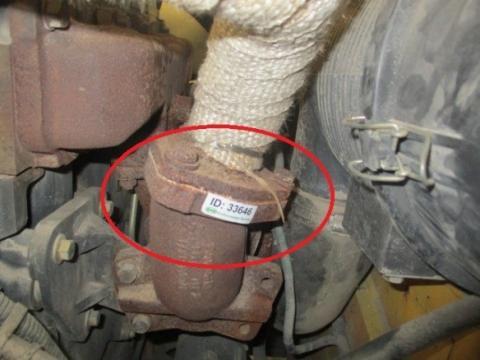
Figure 5: Hydraulic tank gasket
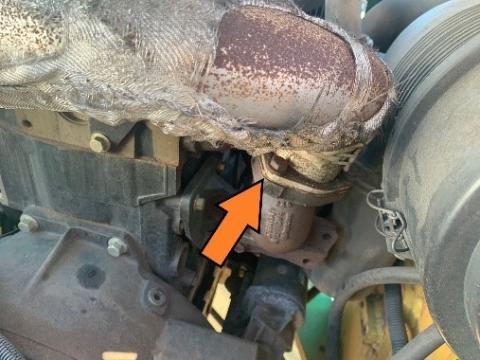
Figure 6: Exhaust flange gasket
Asbestos in imported products
While asbestos has been prohibited in Australia since December 2003, in some countries it is still used in manufactured products. Certification of asbestos-free goods from some overseas manufacturers have been found not to meet Australian requirements. The importation, manufacture, supply, sale and use or reuse of asbestos and asbestos-containing products is not permitted, except under very limited circumstances. Some supplier countries may classify goods with low levels of asbestos as ‘asbestos-free’. In Australia, any level of asbestos is prohibited for import or use.
Risk control
Analysis of the battery insulation material and the gaskets identified fibres of chrysotile asbestos. The fibres are bonded to other material. Any risk from asbestos depends on the extent of asbestos fibre release and inhalation of these fibres, which can be caused by damage to the materials.
As the asbestos fibres are bonded to other material it does not pose a measurable health risk through normal use. However, over time the materials may become damaged through wear and tear resulting in the asbestos fibres being less bonded. Therefore, you should not perform any maintenance, repairs or modifications on these parts as this may lead to asbestos contaminated dust being released. Compressed air should also not be used on or in vicinity to these materials.
Recommended Actions
Under state and territory WHS laws, it is unlawful for a PCBU to use or supply a product with asbestos if imported after the 31 December 2003, such as renting out affected forklifts.
- Battery compartment of your 3-tonne Shantui forklift
It is recommended that users and owners of the forklifts inspect the battery compartment of the 3-tonne Shantui forklift for the presence of fibrous battery insulation material. If found, the forklifts should be isolated from use and a competent person trained in the identification and safe handling of asbestos (for example a Certified Occupational Hygienist, Licensed Asbestos Assessor or Licenced Asbestos Removalist) should be engaged to have a sample of the material analysed for the presence of asbestos.
If asbestos is confirmed within the battery heat insulation material, a competent person trained in the safe handling and application of suitable controls measures for carrying out asbestos-related work (for example a Licenced Asbestos Removalist) should be engaged to remove the asbestos material in accordance with the Safe Work Australia Code of Practice (How to manage and control asbestos in the workplace Code of Practice 2011 is available on the Safe Work Australia website). It is also recommended that a clearance certificate be obtained from the competent person after removal.
Consultation should be held with the forklift manufacturer regarding a replacement heat insulation material.
- Engine exhaust gaskets and hydraulic seal
The identified gaskets of the Shantui 3-tonne, 5-tonne and 7-tonne forklifts should be assumed to contain asbestos. Components identified with asbestos must only be removed by a person who is competent to do so safely. Appendix E of the SWA code of practice provides an example of a “working with asbestos friction materials” safe work method that can be used, including appropriate personal protective equipment, decontamination and disposal of the asbestos waste.
Spare gasket materials of the same brand should also be assumed to contain asbestos unless testing confirms no asbestos is present. Alternatively, the spare gaskets can be disposed of as regulated waste and replaced with gaskets that are certified as asbestos free in accordance with Australian requirements.
- Assess other forklifts for presence of asbestos containing gaskets
Although the testing results only confirm the presence of asbestos in these specific components, it is recommended that owners of imported forklifts generally assess for asbestos in other gaskets or components designed to resist heat. Sampling and accredited testing should be seen as a viable method for the assessment of suspect components.
Where do I get advice?
If unsure what to do, contact your State/Territory/Commonwealth WHS regulator:
| Jurisdiction | Regulator | Contact Details | Website |
| C’wealth | Comcare | 1300 366 979 | www.comcare.gov.au/ |
| QLD | Workplace Health and Safety Qld | 1300 362 128 |
|
| QLD | QLD Gov Asbestos page | 13 74 68 | www.asbestos.qld.gov.au/ |
| ACT | WorkSafe ACT | 02 6207 3000 | www.worksafe.act.gov.au/ |
| ACT | ACT Gov Asbestos page | 13 22 81 | www.asbestos.act.gov.au/ |
| NSW | Safework NSW | 13 10 50 | www.safework.nsw.gov.au/ |
| NSW | NSW Gov Asbestos page | 13 10 50 | www.asbestos.nsw.gov.au/ |
| NT | Worksafe NT | 1800 019 115 | www.worksafe.nt.gov.au/ |
| NT | NT Gov Asbestos page | 1800 019 115 | www.asbestos.nt.gov.au/ |
| SA | SafeWork SA | 1300 365 255 | www.safework.sa.gov.au/ |
| SA | SA Gov Asbestos page | 1300 365 255 | www.asbestos.sa.gov.au/ |
| TAS | Worksafe TAS | 1300 366 322 | www.worksafe.tas.gov.au/ |
| VIC | Worksafe VIC | 1800 136 089 | www.worksafe.vic.gov.au/ |
| VIC | Vic Gov Asbestos page | 1800 136 089 | www.asbestos.vic.gov.au/ |
| WA | WorkSafe WA | 1300 307 877 | www.commerce.wa.gov.au/WorkSafe |
This Alert has been developed by the Heads of Workplace Safety Authorities (HWSA) Imported Materials with Asbestos Working Group, whose membership comprises representatives from: Australian Border Force, Asbestos Safety and Eradication Agency, Attorney General’s Department, Australian Competition & Consumer Commission, Comcare, Safe Work Australia, SafeWork NSW, SafeWork SA, NT WorkSafe, Workplace Health and Safety Queensland, WorkSafe ACT, WorkSafe Tasmania, WorkSafe Victoria and WorkSafe WA

